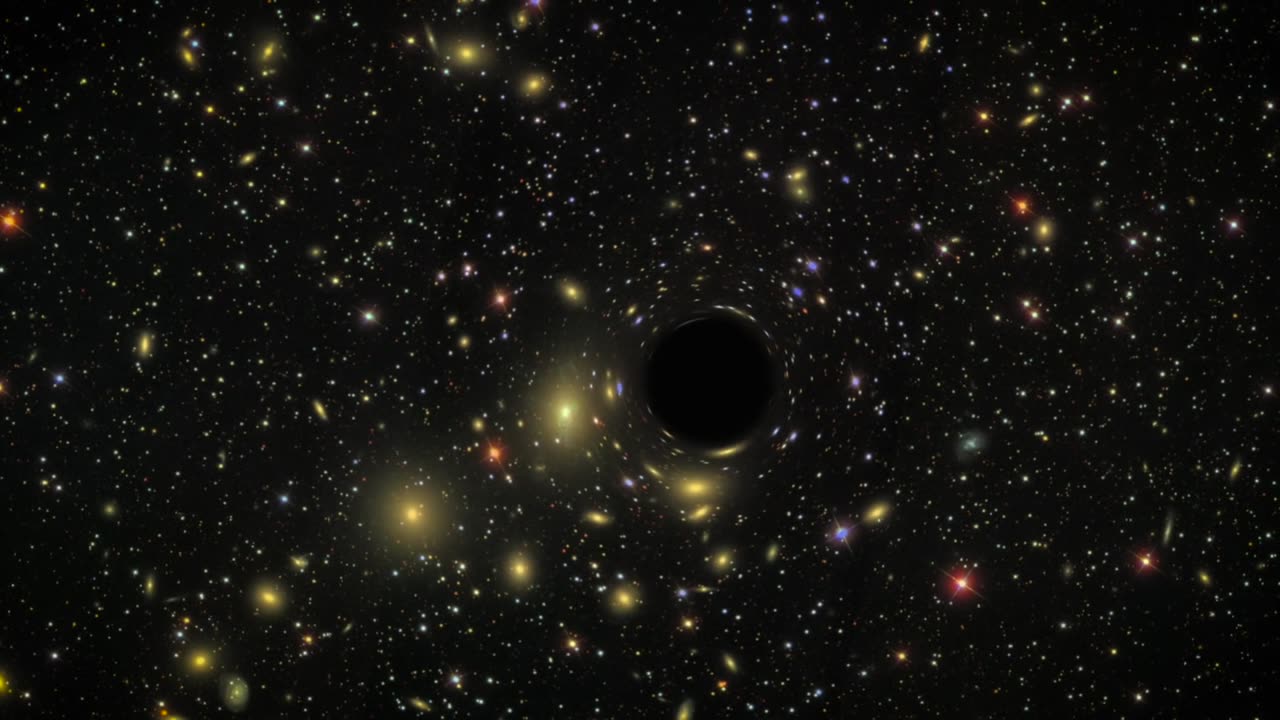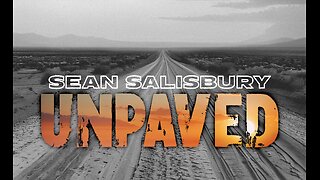Premium Only Content

X-ray Echoes Map a Black Hole’s Disk : Space Exploration
Some 3.9 billion years ago in the heart of a distant galaxy, the tidal pull of a monster black hole shredded a star that wandered too close. X-rays produced in this event first reached Earth on March 28, 2011, when they were detected by NASA's Swift satellite. Within days, scientists concluded that the outburst, now known as Swift J1644+57, represented both the tidal disruption of a star and the sudden flare-up of a previously inactive black hole.
Now astronomers using archival observations from Swift, the European Space Agency's XMM-Newton observatory and the Japan-led Suzaku satellite have identified the reflections of X-ray flares erupting during the event. Led by Erin Kara, a postdoctoral researcher at NASA's Goddard Space Flight Center in Greenbelt, Maryland, and the University of Maryland, College Park, the team has used these light echoes, or reverberations, to map the flow of gas near a newly awakened black hole for the first time.
Swift J1644+57 is one of only three tidal disruptions that have produced high-energy X-rays, and to date it remains the only event caught at the peak of this emission. While astronomers don't yet understand what causes flares near the black hole, when one occurs they can detect its echo a couple of minutes later as its light washes over structures in the developing accretion disk. The technique, called X-ray reverberation mapping, has been used before to explore stable disks around black holes, but this is time it has been applied to a newly formed disk produced by a tidal disruption.
Swift J1644+57's accretion disk was thicker, more turbulent and more chaotic than stable disks, which have had time to settle down into an orderly routine. One surprise is that high-energy X-rays arise from the innermost regions of the disk instead of a narrow jet of accelerated particles, as originally thought.
The researchers estimate the black hole has a mass about a million times that of the sun. They expect future improvements in understanding and modeling accretion flows will allow them to measure the black hole's spin using this data.
Music:" The Orion Arm" and "Particle Acceleration," both from Killer Tracks.
Credit: NASA's Goddard Space Flight Center/Scott Wiessinger
Read more: http://www.nasa.gov/feature/goddard/2...
This video is public domain and along with other supporting visualizations can be downloaded from the Scientific Visualization Studio at: http://svs.gsfc.nasa.gov/12265
Credits: NASA
-
 29:55
29:55
Neil McCoy-Ward
1 hour agoMASSIVE Military Movement (Things Are Heating Up FAST...)
237 -
 40:00
40:00
The Kevin Trudeau Show Limitless
4 hours agoYour Wish Is Your Command: The Missing Secrets of Manifesting
1861 -
 37:18
37:18
The White House
2 hours agoVice President JD Vance Delivers Remarks on President Trump’s Tax Cuts
12.8K14 -
 1:13:10
1:13:10
Sean Unpaved
2 hours agoKawhi's Payday Peril, MLB's October Odyssey, & Raleigh's Switch-Hit Throne
20.7K -
 1:39:16
1:39:16
Steven Crowder
5 hours agoJimmy Kimmel & The Left Desperately Want to Gaslight America - Don't Let Them
463K379 -
 LIVE
LIVE
The Shannon Joy Show
3 hours agoFinal Betrayal: Trump’s FBI Director Kash Patel Declares Jeffrey Epstein WASN’T A Sex Trafficker.
398 watching -
 1:35:00
1:35:00
The Mel K Show
3 hours agoMORNINGS WITH MEL K - Who Benefits? Order Out of Chaos & the Hegelian Dialectic 9-17-25
37.8K12 -
 24:23
24:23
Standpoint with Gabe Groisman
2 hours agoUS DOJ's Leo Terrell Says “No University Is Prepared For The Crackdown That’s Coming…”
18K1 -
 59:28
59:28
Grant Stinchfield
3 hours ago $2.45 earnedBombshell Audio Proves FBI Targeted Navarro for One Reason—Politics
35.7K9 -
 LIVE
LIVE
LFA TV
8 hours agoLFA TV ALL DAY STREAM - WEDNESDAY 9/17/25
2,575 watching